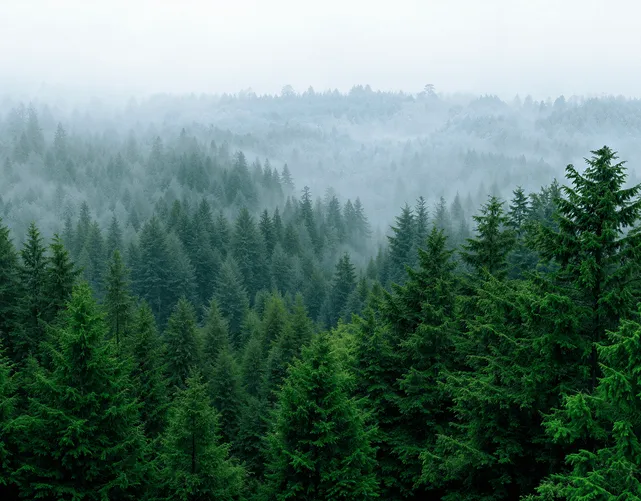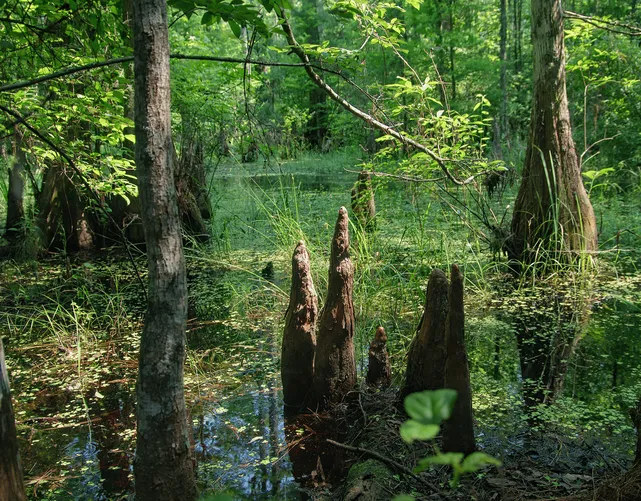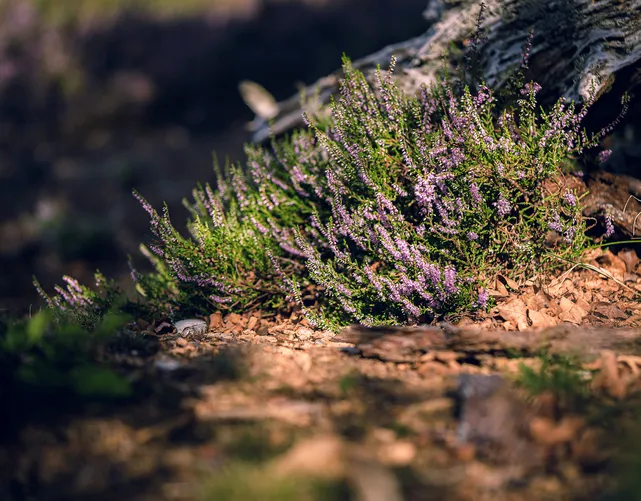Detailed Description of Our Project Areas
Brazil (Amazon Rainforest)
The Lungs of Our Earth
Latvia (Northern boreal forests)
Nordic CO₂ sinks
Ecological significance
The boreal forests of Northern Europe, also known as the taiga, form one of the largest contiguous forest belts on Earth. They are characterised by conifers such as pines and spruces, mixed with deciduous trees like birches. These forests store large amounts of carbon not only in the biomass of the trees but also in their often peat-rich soils, which have accumulated carbon over millennia.
Latvia has experienced a remarkable increase in forest cover over the past decades, from around 27 % in the 1920s to over 50 % today. This offers excellent opportunities for sustainable forestry and climate-protection projects.
Challenges
The boreal forests are particularly vulnerable to the effects of climate change, as temperatures in northern latitudes are rising faster than the global average. Intensive forestry in some regions also creates monocultures that are susceptible to pests, storms and wildfires. The drainage of peatlands for agriculture and forestry has historically released large amounts of stored carbon.


Our measures
In our Latvian areas we rely on a combination of sustainable forestry and targeted restoration measures:
- Close-to-nature forestry: We practise gentle, close-to-nature forestry that maximises carbon storage while simultaneously promoting biodiversity. Instead of large-scale clear-cutting we rely on selective harvesting and continuous forest rejuvenation, ensuring long-term carbon storage.
- Planting climate-resilient species: On suitable sites we plant fast-growing tree species such as hybrid poplar (Populus × canadensis) and Siberian larch (Larix sibirica), which exhibit excellent growth rates even in northern climates. These species are not only efficient CO₂ sinks but also more resilient to expected climate changes.
- Peatland restoration: Rewetting drained peatlands is one of our most effective measures for CO₂ storage. By restoring the natural water balance, we stop carbon release from the peat and enable renewed peat formation and carbon sequestration.
- Transformation of monocultures: We gradually convert vulnerable conifer monocultures into resilient mixed forests that feature diverse tree species, age classes and canopy layers. These structurally rich forests are not only more robust against disturbances but also provide improved habitats for numerous animal and plant species.
Special achievements
Our Latvian projects have already achieved notable success. Although northern conditions offer shorter growing seasons than tropical regions, the long summer days with up to 18 hours of daylight create optimal conditions for photosynthesis during the growth period. The restoration of several peatlands has been particularly successful; they now function again as active carbon sinks while providing habitat for rare species such as bog dragonflies, sundews and various orchids.
